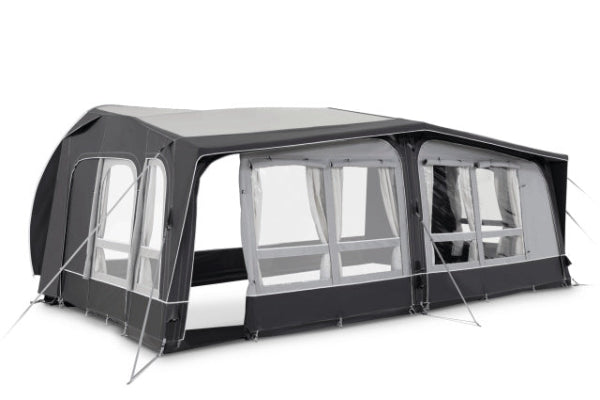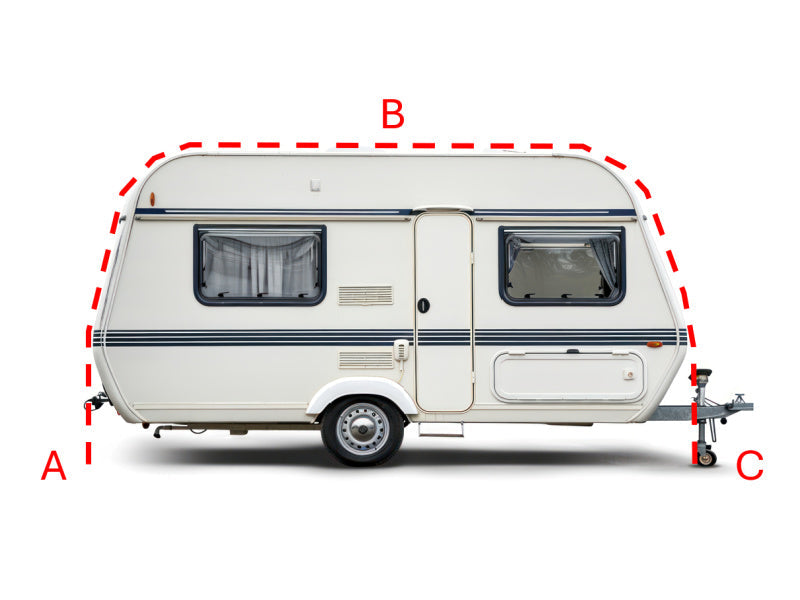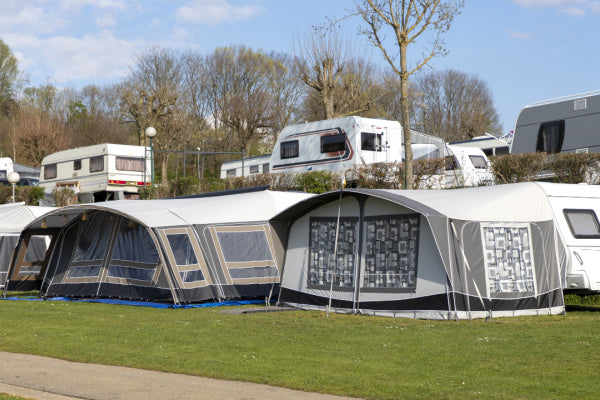Inverter vs Power Station: Key Differences Explained
Ever packed for a trip and wondered if you need an inverter, a power station—or just a longer nap?
Short answer: inverters convert power; portable power stations store and supply it.
Keep reading to find out which one saves your phone... and which one saves your camping trip.
Inverters vs. Power Stations: Understanding the Core Technology
What is an Inverter? The Power Conversion Workhorse
Defining Function: Converting DC to AC Electricity
An inverter transforms direct current (DC) into alternating current (AC), which is the type used by most household appliances.
It’s commonly used with batteries or solar panels to make their stored energy usable in everyday settings.
In essence, it allows DC-based systems to power typical AC electronics.

Key Types of Inverters Explained
Pure Sine Wave Inverters: For Sensitive Electronics
These produce a smooth and consistent electrical wave, closely resembling the output from the national grid.
They’re ideal for delicate electronics, such as laptops, televisions, and medical devices.
Modified Sine Wave Inverters: For Simpler Applications
This type generates a rougher, stepped waveform. While less precise, it’s usually cheaper.
It works fine for basic tools, lights, or older appliances that aren’t sensitive to power fluctuations.
Common Use Cases for Standalone Inverters (e.g., in vehicles, solar setups)
You’ll often find standalone inverters in campervans, off-grid cabins, or solar installations.
They’re used when someone already has a battery or other DC power source, and simply needs to convert that power for standard devices.
Limitations: Why an Inverter Isn't a Full Power Solution on Its Own
Inverters don’t store or create energy.
They only work when connected to an external power supply, like a deep-cycle battery or generator.
This means they’re not suitable on their own for mobile or emergency setups unless supported by another power source.
What is a Portable Power Station? Your All-in-One Energy Source
Defining Function: Storing and Delivering Portable AC/DC Power
A portable power station is essentially a battery in a box.
It stores energy and provides both AC and DC output, making it ready for direct use.
There’s no need for extra setup or wiring—just charge it and plug in your device.

Anatomy of a Power Station: Battery, Inverter, and Outputs
Inside, you’ll typically find a lithium battery, a built-in inverter, and multiple output ports—USB, AC plugs, and sometimes 12V car sockets.
This all-in-one design makes it especially easy to use for people with little technical knowledge.
Versatile Applications: From Camping to Emergency Backup
Power stations are ideal for trips, festivals, outdoor work, or sudden power cuts.
They let you charge laptops, phones, lights, and even small kitchen appliances.
Because they’re quiet and compact, they’re a popular choice for both leisure and emergency use.
The "Solar Generator" Connection: Power Stations and Solar Charging
Many portable power stations support solar charging.
This makes them a cleaner, quieter alternative to petrol generators, particularly when used with foldable solar panels.
That’s why they’re often labelled “solar generators” in marketing.
The Fundamental Differences: A Head-to-Head Comparison
Power Source: External Battery vs. Integrated Battery
Inverters require an external battery or generator to function.
By contrast, portable power stations come with an integrated battery.
This makes the latter completely self-contained and more user-friendly.
Portability and Design: Built for Integration vs. Built for Mobility
Inverters are typically built into larger systems, such as solar setups or caravans.
They’re not designed to be carried around easily.
Power stations, on the other hand, are built for mobility—compact, often with handles, and easy to transport.
Functionality: Component vs. Complete System
An inverter is just one part of a larger system. It needs other components to work.
A power station includes everything—battery, inverter, and multiple outputs—all in one unit.
Ease of Use: Setup Requirements and User Experience
Setting up an inverter usually involves cables, connectors, and at least some electrical know-how.
Power stations are plug-and-play. You charge them, then use them—no installation needed.
Output Capacity and Limitations: What Can They Power?
Both devices have their limits, depending on their size and output rating.
Inverters paired with large battery banks can run high-power devices. Power stations are limited by internal battery size and inverter capacity.
Still, many modern power stations can handle lights, phones, laptops, and even small fridges.
Cost Implications: Initial Purchase and Overall Value
Inverters often cost less upfront—but that’s because they don’t include the battery.
When you add in the cost of batteries and accessories, the total can rise.
Power stations might seem pricier, but they offer a complete, ready-to-go solution and can be more cost-effective for light to medium use.
Choosing the Right Solution for Your Power Needs
When an Inverter is the Smart Choice
You Already Have a DC Power Source/Battery System
If you’ve already invested in a solar setup or battery storage, an inverter might be all you need to complete the system.
It makes use of what you already own, keeping costs lower.
Integrating into a Larger, Custom Power System (e.g., Off-Grid Solar)
Inverters are great in off-grid solar setups where modularity is key.
They give you the flexibility to scale or customise your system.
Specific Power Conversion Needs without Requiring Portability
If you only need to convert power and don’t plan to move the device around, a standalone inverter is practical and efficient.
It’s especially useful in fixed installations, like sheds or garden offices.
When a Portable Power Station Excels
Need for a "Plug-and-Play," User-Friendly Solution
If convenience is your priority, a power station is your best friend.
There’s no need to fiddle with wires or configurations—it’s ready to go out of the box.
Powering Devices On-the-Go: Camping, Travel, Outdoor Work
Power stations are perfect for life on the move.
Whether it’s camping, remote work, or weekend adventures, they let you bring power anywhere.

Reliable and Quiet Emergency Backup Power for Essential Devices
During blackouts, a power station can quietly keep your essentials running—chargers, routers, lights, or medical devices.
No fumes, no noise, no stress.
Desire for an Emission-Free Alternative to Traditional Generators
Traditional generators are loud, smelly, and require fuel.
Power stations offer a clean, rechargeable, and often solar-compatible alternative—ideal for eco-conscious users or those in quiet environments.
Other content you might like:
- What Appliances Can You Use on a 1000W Inverter?
- Can You Charge a Portable Power Station With a Solar Panel?
- Is 200W Solar Enough for Camping?
- Can I Plug My Motorhome Into a Portable Power Station?
- How to Operate a Portable Power Station?
- How Does a Power Station Work Step by Step?
- How to Know if a Portable Power Station Is Fully Charged?
- How Long Does a Portable Power Station Hold Its Charge?
- Can You Overcharge a Portable?
- Can I Use My Portable Power Station While Charging?
- How Do Portable Power Stations Work?





Leave a comment